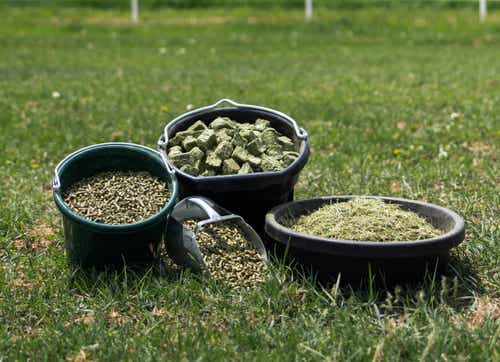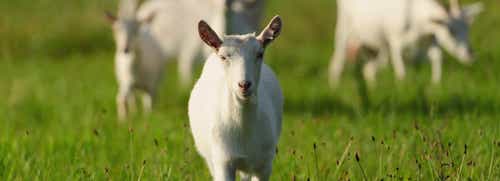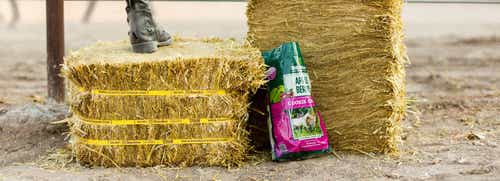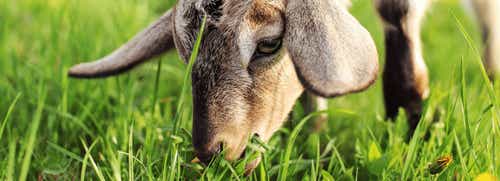
Cresty Neck – A Precursor to Metabolic Disease in Horses
Obesity is associated with insulin resistance in horses and ponies. Overweight horses also have an increased risk of laminitis, and overweight mares have decreased reproductive function. Human studies show that regional fat deposition, such as abdominal fat, is more predictive of metabolic disease than overall body fat. Currently, the most common system for assessing a horse’s fatness is using body condition scoring (1-9 scale). This method determines the overall fatness of a horse but does not differentiate between specific regions of fat. Like abdominal fat in humans, neck crest fat in horses has been suggested to be associated with insulin resistance and increased risk for laminitis. Recent research has developed a novel scoring system for grading neck crest fatness.
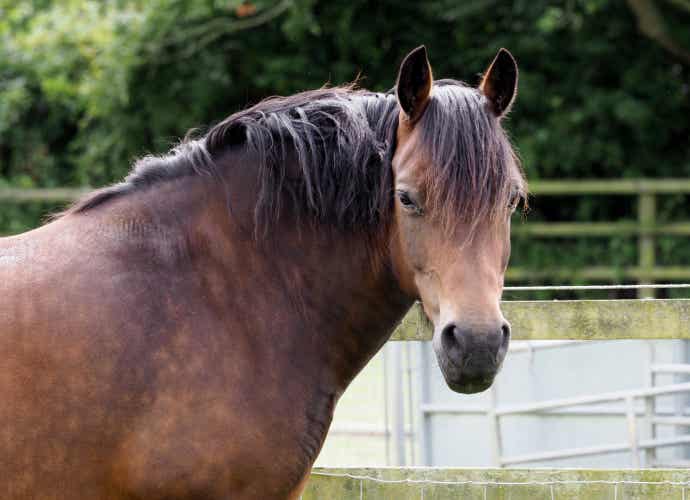
The “cresty neck scoring system” is on a scale of 0 to 5, where a score of zero equals no visual appearance of a crest, and a score of five equals enormous and permanently drooping to one side. Like the current overall body condition scoring system, the cresty neck scoring system is subjective and requires experience in learning to judge condition and practice to obtain consistent values.
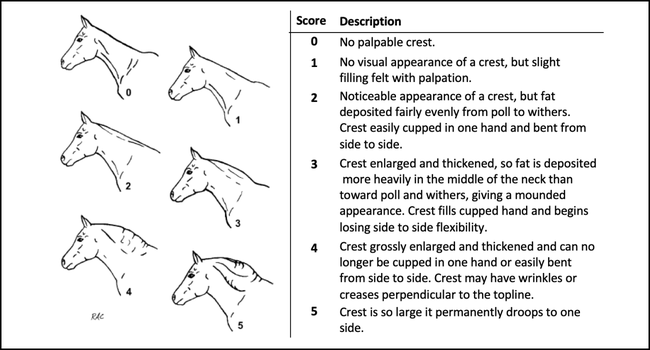
Even with these limitations, the cresty neck scoring system has been proven to be a valuable tool when predicting a horse’s risk of metabolic disease. An increase in cresty neck score (CNS) was associated with an increase in circulating insulin and a decrease in insulin sensitivity in the equines studied. These factors potentially amplify the animals’ risk for an array of metabolic diseases, including laminitis.
Points to consider when implementing any condition scoring system are that horse owners should be trained by someone with experience at scoring animals, i.e., your local feed company representative or equine nutritionist. Also, the same person should be assessing the horse each time to be consistent and account for variation between people. Perhaps taking a monthly photograph of your horse in the same position each time (best in front of a blank wall) would help assess increases or decreases in your horse’s condition.
It is crucial to find convenient, easy-to-use methods for the assessment of regional fatness. While body condition scoring is an accepted method for the assessment of overall fatness, neck scoring can standardize the assessment of regional fat distribution on the crest of the neck. This system will provide critical information to horse owners to proactively manage their equines to reduce the risk of them developing these devastating diseases.
When dealing with horses or ponies with a CNS of 4 or 5, we must be cautious of feeding diets high in sugar and starch, as these may make any underlying risk for metabolic disease worse.
If you have questions, please contact the nutritionist at Standlee Premium Western Forage, or consult with your veterinarian.

Do you enjoy podcasts? Listen to our podcast Beyond the Barn!
Learn more about structural and non-structural carbohydrates, what carbohydrate sensitivity is related to horses, metabolic diseases associated with carbohydrate sensitivity and cresty neck, in Episode 5: Are Horses Carbohydrate Sensitive. Visit our podcast webpage at https://standleeforage.com/podcast or find us on Apple and Spotify to subscribe and listen for free.
ByDr. Tania Cubitt
Performance Horse Nutrition
Scientific Reference:
Carter, R.A. & Geor, R.J. & Staniar, W.B. & Cubitt, T.A. & Harris, P.A. (2009). Apparent adiposity assessed by standardised scoring systems and morphometric measurements in horses and ponies. The Veterinary Journal. 179. 204-210.


